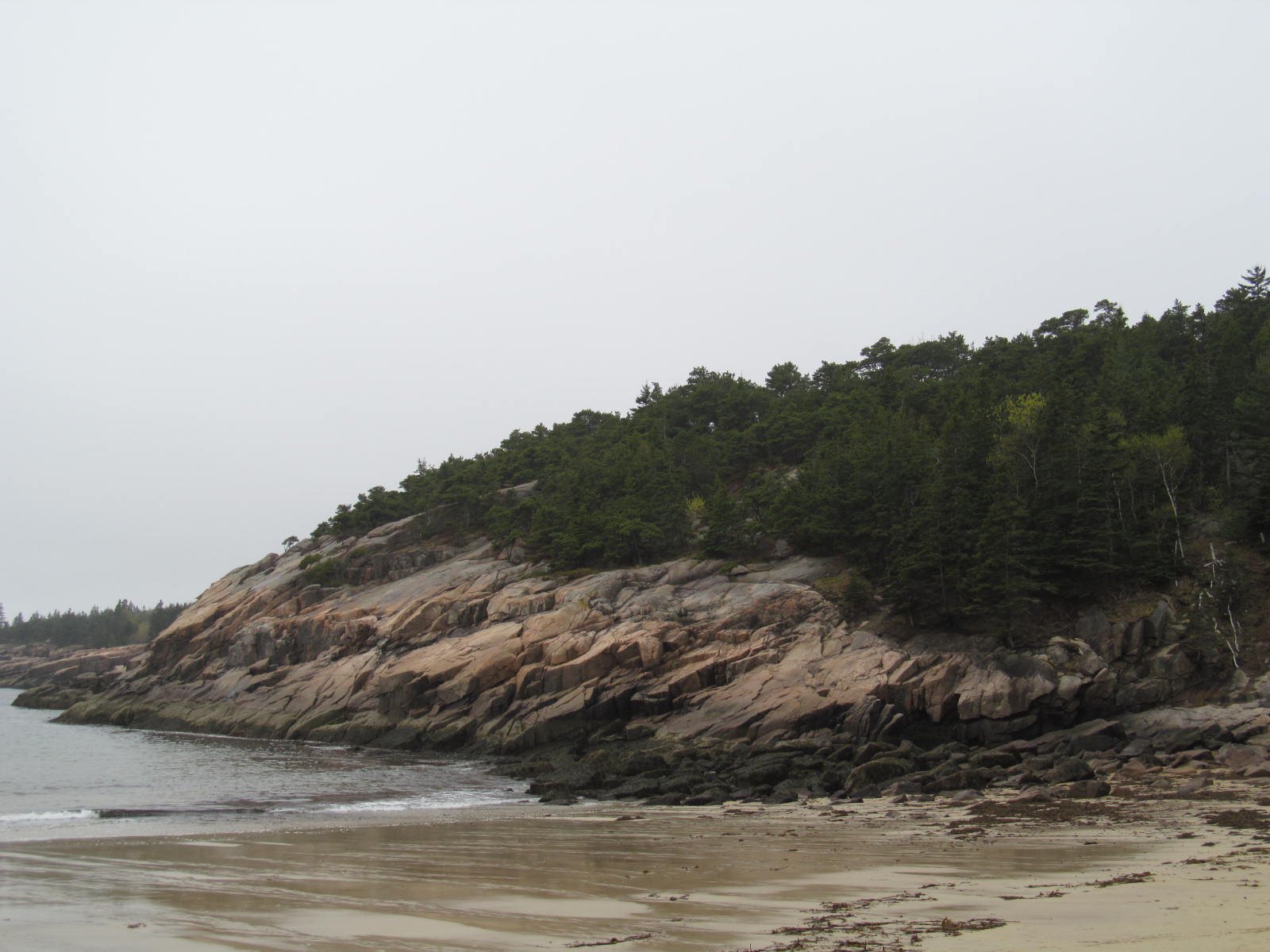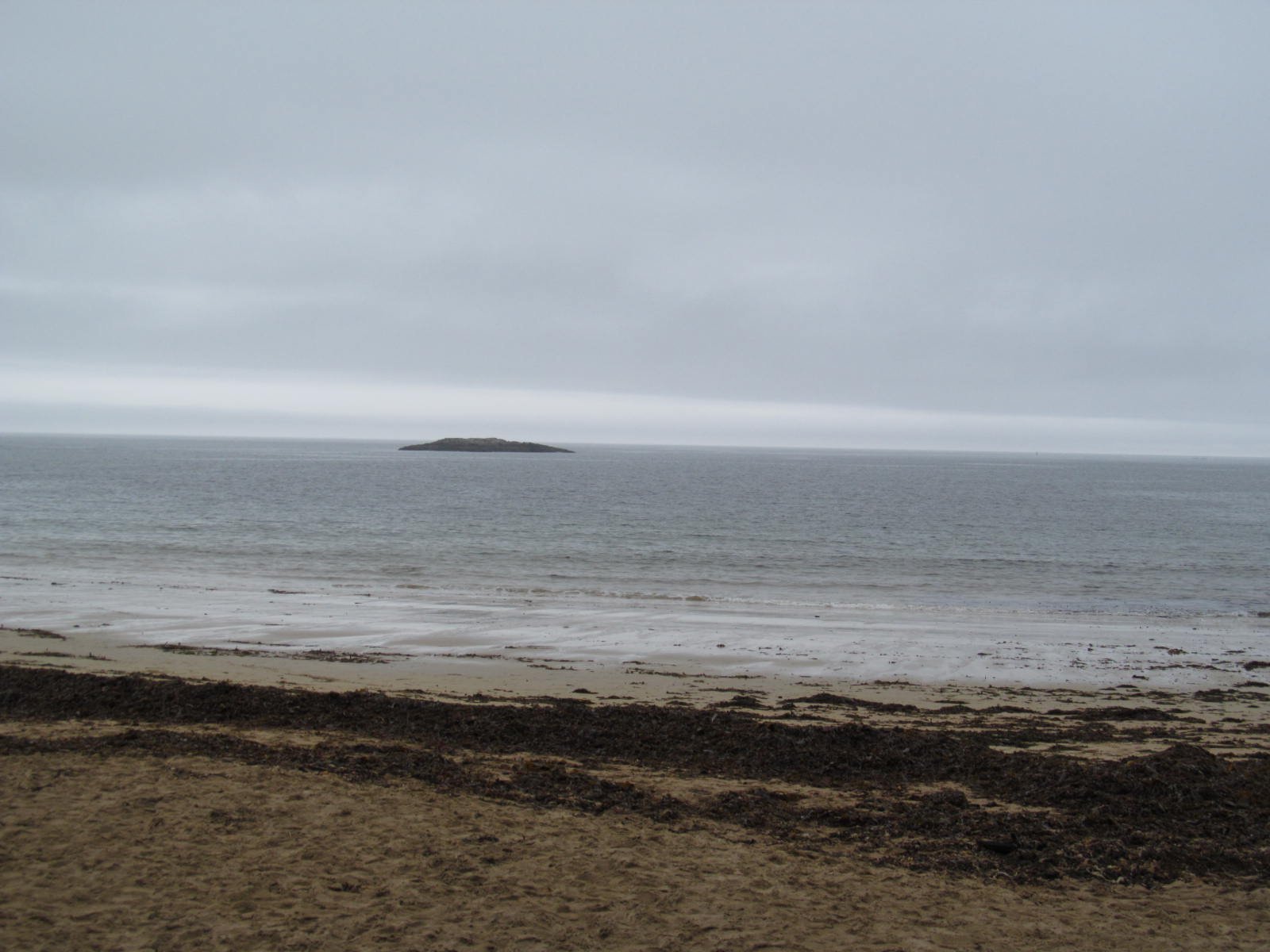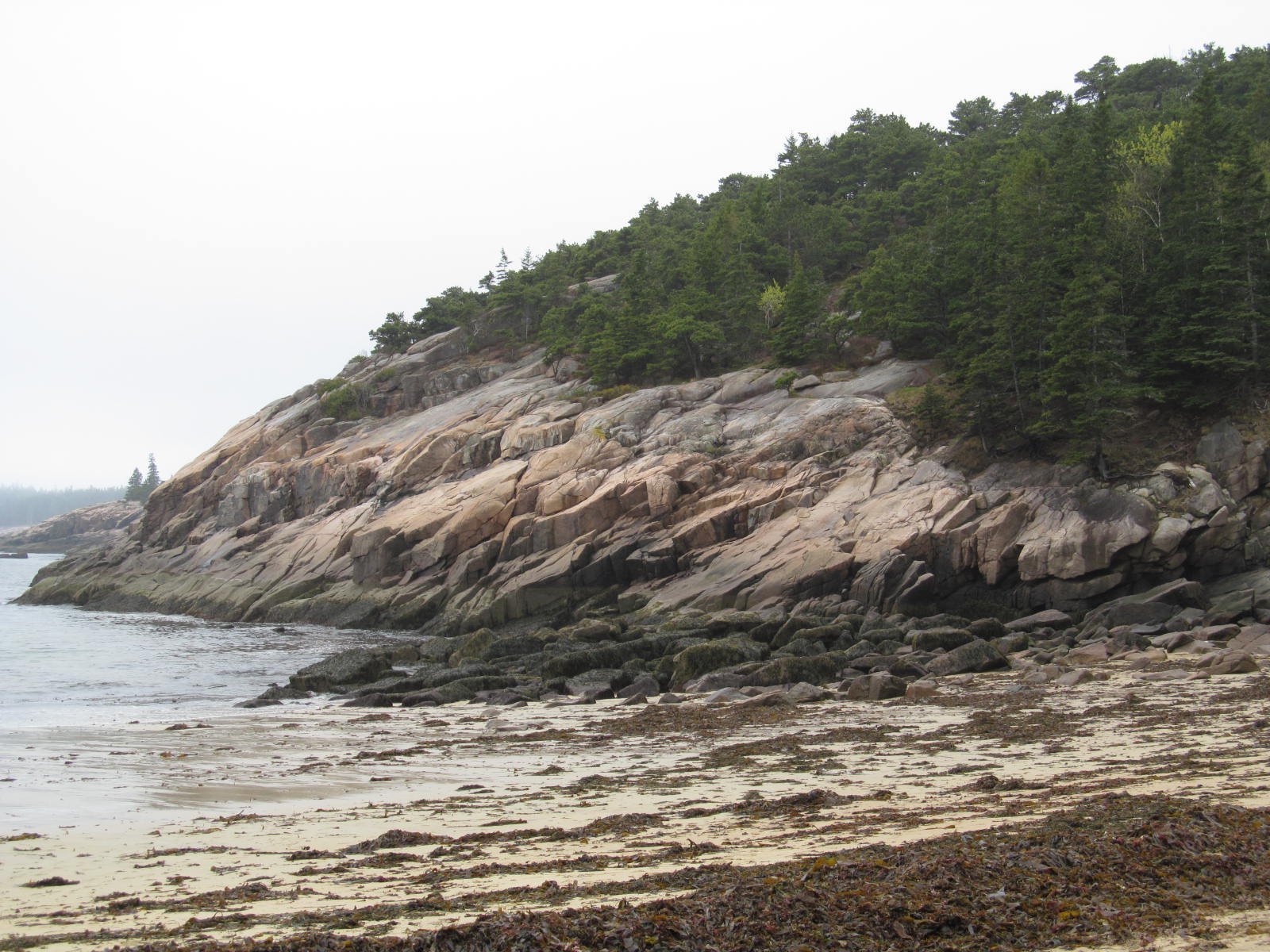Acadia National Park offers breathtaking multi-day hiking experiences, combining rugged coastlines, dense forests, and challenging mountain trails. This guide provides comprehensive information on planning extended hikes in Acadia, including route suggestions, itinerary planning, safety tips, and essential amenities. Whether you’re a seasoned backpacker or a first-time multi-day hiker, Acadia’s diverse landscape promises an unforgettable adventure.
What Are the Best Multi-Day Hiking Routes in Acadia National Park?

Acadia National Park doesn’t have officially designated multi-day hiking trails, but adventurers can create their own by combining several longer day hikes. Here are some popular routes that can be incorporated into a multi-day hiking experience:
- Cadillac and Dorr Mountain Loop
- Distance: 12.7 km (7.9 miles)
- Elevation Gain: 762 m (2,500 ft)
-
Estimated Time: 5-6 hours
-
Six Summits Loop
- Distance: 9.5 km (5.9 miles)
- Elevation Gain: 670 m (2,200 ft)
-
Estimated Time: 4-5 hours
-
Acadia Mountain and St. Sauveur Mountain Loop
- Distance: 6.4 km (4 miles)
- Elevation Gain: 366 m (1,200 ft)
-
Estimated Time: 3-4 hours
-
Jordan Pond Path and Bubbles Trail
- Distance: 5.6 km (3.5 miles)
- Elevation Gain: 167 m (550 ft)
- Estimated Time: 2-3 hours
These trails can be combined and extended to create multi-day hiking experiences tailored to your preferences and fitness level.
How Can I Plan a 3-Day Hiking Itinerary in Acadia National Park?

Planning a 3-day hiking itinerary in Acadia National Park requires careful consideration of trail difficulty, camping options, and park regulations. Here’s a sample itinerary:
Day 1: Cadillac and Dorr Mountain Loop
- Start at the Blackwoods Campground
- Hike the Cadillac South Ridge Trail to the summit
- Continue to Dorr Mountain
- Return via the Gorge Path
- Camp at Blackwoods Campground
Day 2: Six Summits Loop
- Begin at the Parkman Mountain trailhead
- Summit Parkman, Gilmore, Sargent, Penobscot, Thuya, and Cedar Swamp mountains
- Return to Blackwoods Campground or opt for backcountry camping (permit required)
Day 3: Jordan Pond and Bubbles Trail
- Start at Jordan Pond House
- Hike the Jordan Pond Path
- Ascend the Bubbles Trail for panoramic views
- Return to Jordan Pond House for tea and popovers
This itinerary covers diverse terrain and offers stunning views of Acadia’s landscapes.
What Are the Key Challenges and Safety Considerations for Multi-Day Hikes in Acadia?
Multi-day hikes in Acadia National Park present unique challenges and safety considerations:
- Terrain Difficulty: Many trails feature steep ascents, iron rungs, and exposed cliffs.
- Weather Variability: Coastal weather can change rapidly, requiring proper gear and preparation.
- Wildlife Encounters: Be aware of potential encounters with black bears, moose, and other wildlife.
- Water Availability: Some trails have limited water sources, necessitating careful planning.
- Navigation: Dense forests and similar-looking granite peaks can make navigation challenging.
Safety Tips:
- Carry a detailed topographic map and compass
- Bring ample water and water purification methods
- Pack layers for changing weather conditions
- Inform someone of your hiking plans
- Carry a first-aid kit and know basic wilderness first aid
Where Can I Find Camping and Amenities During Multi-Day Hikes in Acadia?
Acadia National Park offers various camping options and amenities for multi-day hikers:
Campgrounds:
- Blackwoods Campground
- Seawall Campground
- Schoodic Woods Campground
Backcountry Camping:
- Limited backcountry camping is allowed with a permit
- Must be at least 0.25 miles from any road and 100 feet from water sources
Amenities:
- Restrooms available at campgrounds and some trailheads
- Showers available at Blackwoods and Seawall campgrounds (fee required)
- Water spigots at campgrounds (seasonal availability)
- Food storage lockers at campgrounds to protect from wildlife
What Permits and Regulations Should I Be Aware of for Multi-Day Hikes in Acadia?
When planning multi-day hikes in Acadia National Park, be aware of the following permits and regulations:
- Entrance Pass: Required for all visitors entering the park
- Backcountry Camping Permit: Necessary for overnight stays outside designated campgrounds
- Campground Reservations: Recommended, especially during peak season (June-October)
- Leave No Trace Principles: Must be followed to preserve the park’s natural beauty
- Fire Regulations: Campfires only allowed in designated fire rings at campgrounds
- Wildlife Regulations: Proper food storage required to prevent attracting wildlife
How Should I Prepare for Changing Weather During Multi-Day Hikes in Acadia?
Acadia’s coastal location can lead to rapidly changing weather conditions. Here’s how to prepare:
- Check Weather Forecasts: Regularly before and during your hike
- Pack Appropriate Gear:
- Waterproof jacket and pants
- Insulating layers (fleece, wool)
- Sun protection (hat, sunscreen, sunglasses)
- Extra socks and gloves
- Be Prepared to Adjust Plans: Have alternative routes in case of severe weather
- Understand Microclimates: Conditions can vary significantly between coastal areas and inland peaks
- Lightning Safety: Descend from exposed areas during thunderstorms
What Are the Best Times of Year for Multi-Day Hikes in Acadia National Park?
The best times for multi-day hikes in Acadia National Park depend on your preferences and tolerance for crowds and weather conditions:
| Season | Pros | Cons |
|---|---|---|
| Spring (April-May) | Fewer crowds, blooming wildflowers | Muddy trails, black fly season |
| Summer (June-August) | Warm weather, long daylight hours | Peak crowds, higher prices |
| Fall (September-October) | Beautiful foliage, cooler temperatures | Busy weekends, shorter days |
| Winter (November-March) | Solitude, unique snow-covered landscapes | Cold temperatures, limited services |
For most hikers, late spring (May) and early fall (September) offer the best balance of pleasant weather and manageable crowds.
How Can I Minimize My Environmental Impact During Multi-Day Hikes in Acadia?
Preserving Acadia’s natural beauty is crucial. Follow these guidelines to minimize your environmental impact:
- Stay on Marked Trails: Prevent erosion and protect fragile ecosystems
- Pack Out What You Pack In: Carry all trash, including biodegradable items
- Use Established Campsites: Avoid creating new impact areas
- Properly Dispose of Waste: Use designated facilities or practice proper backcountry waste disposal
- Respect Wildlife: Observe from a distance and do not feed animals
- Leave Natural Objects Undisturbed: Do not collect plants, rocks, or other natural items
- Use a Camp Stove: Instead of building fires, especially in backcountry areas
- Minimize Noise: Preserve the natural soundscape for wildlife and other visitors
By following these principles, you’ll help ensure that Acadia remains pristine for future generations of hikers.
References:
1. National Park Service – Acadia Hiking
2. Acadia National Park Official Website
3. Leave No Trace Center for Outdoor Ethics

